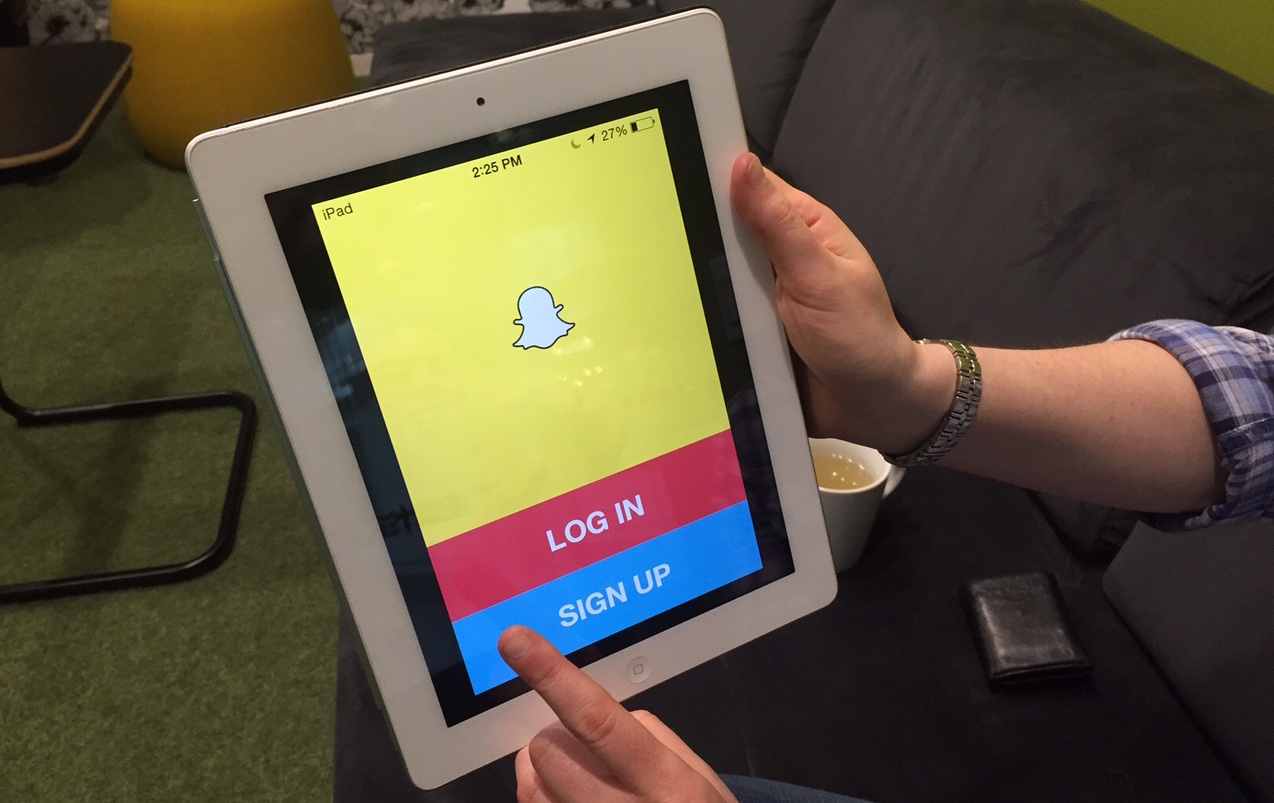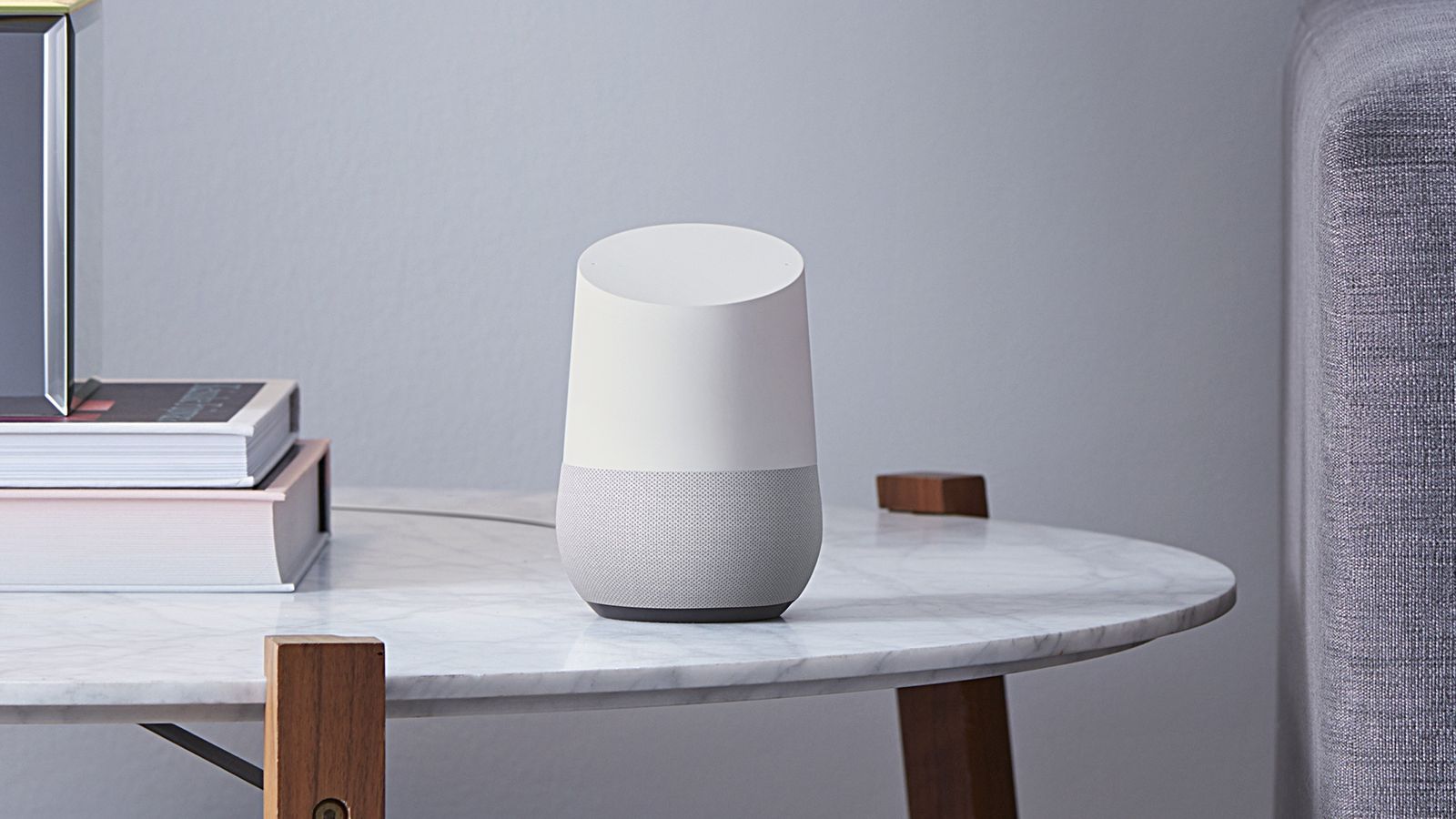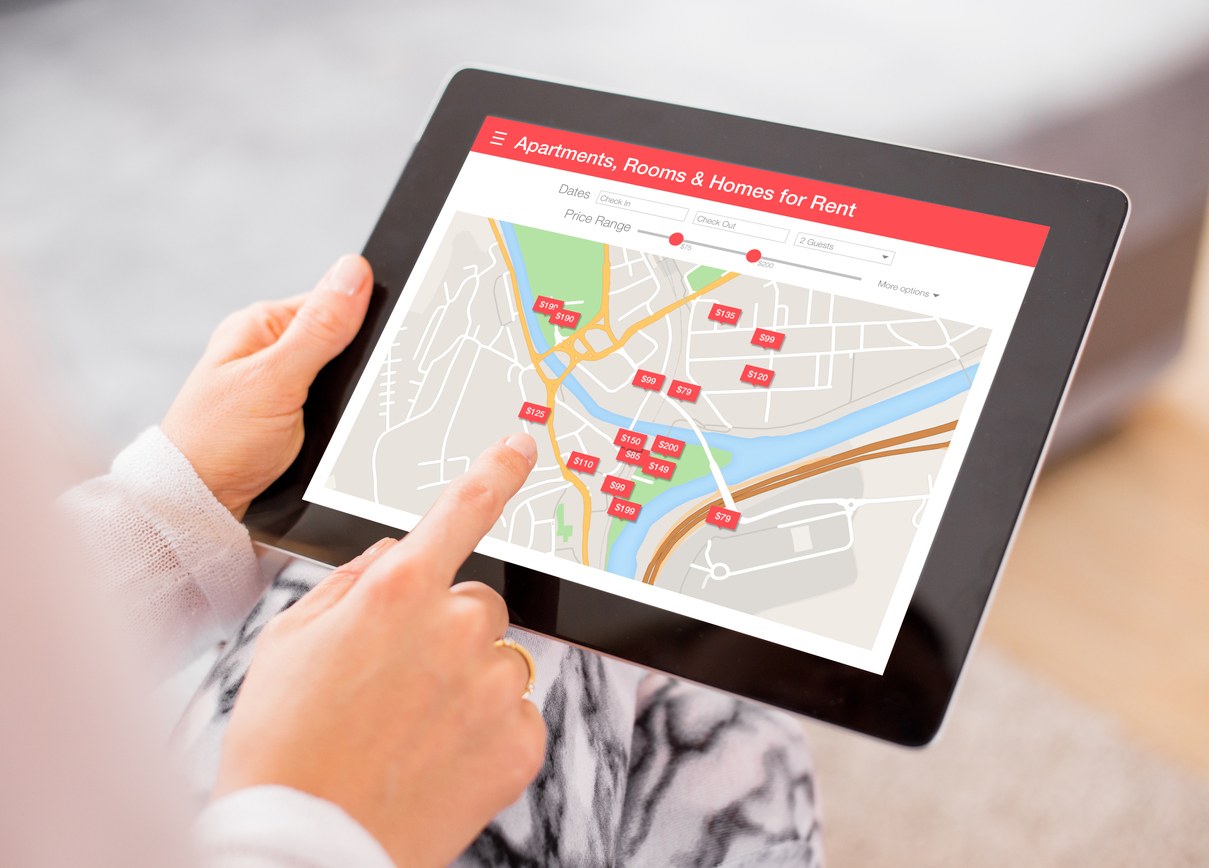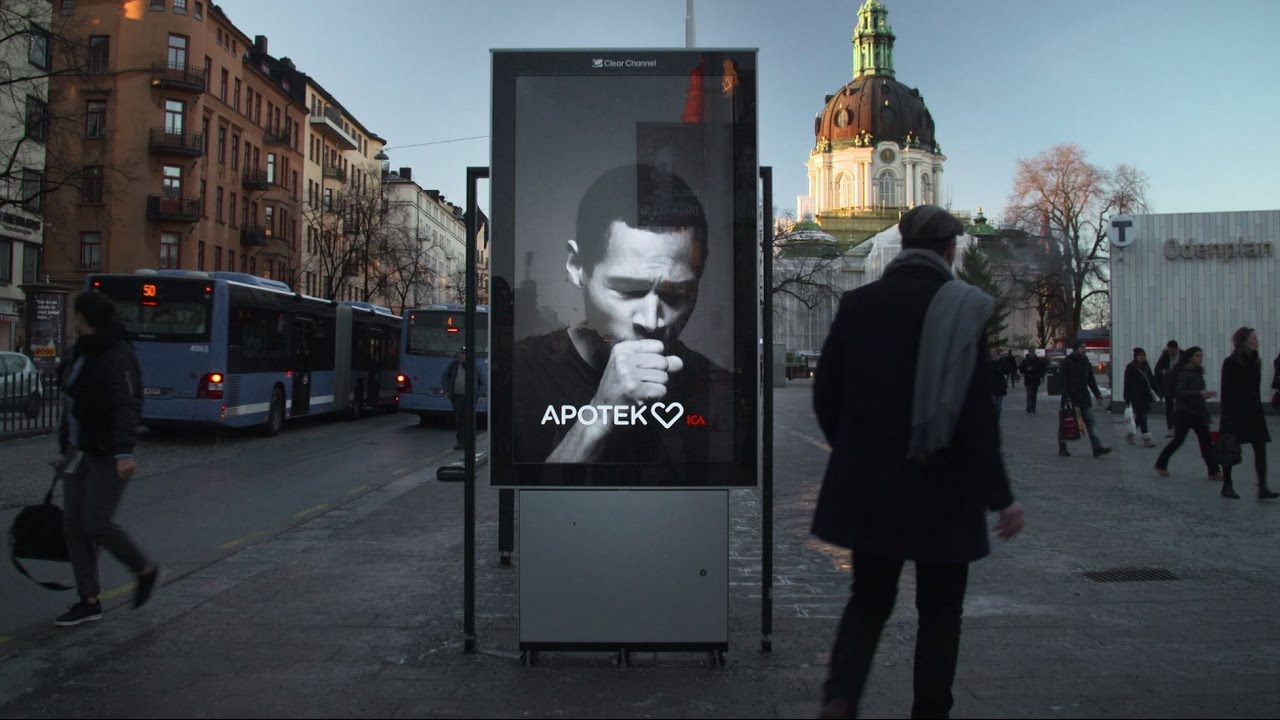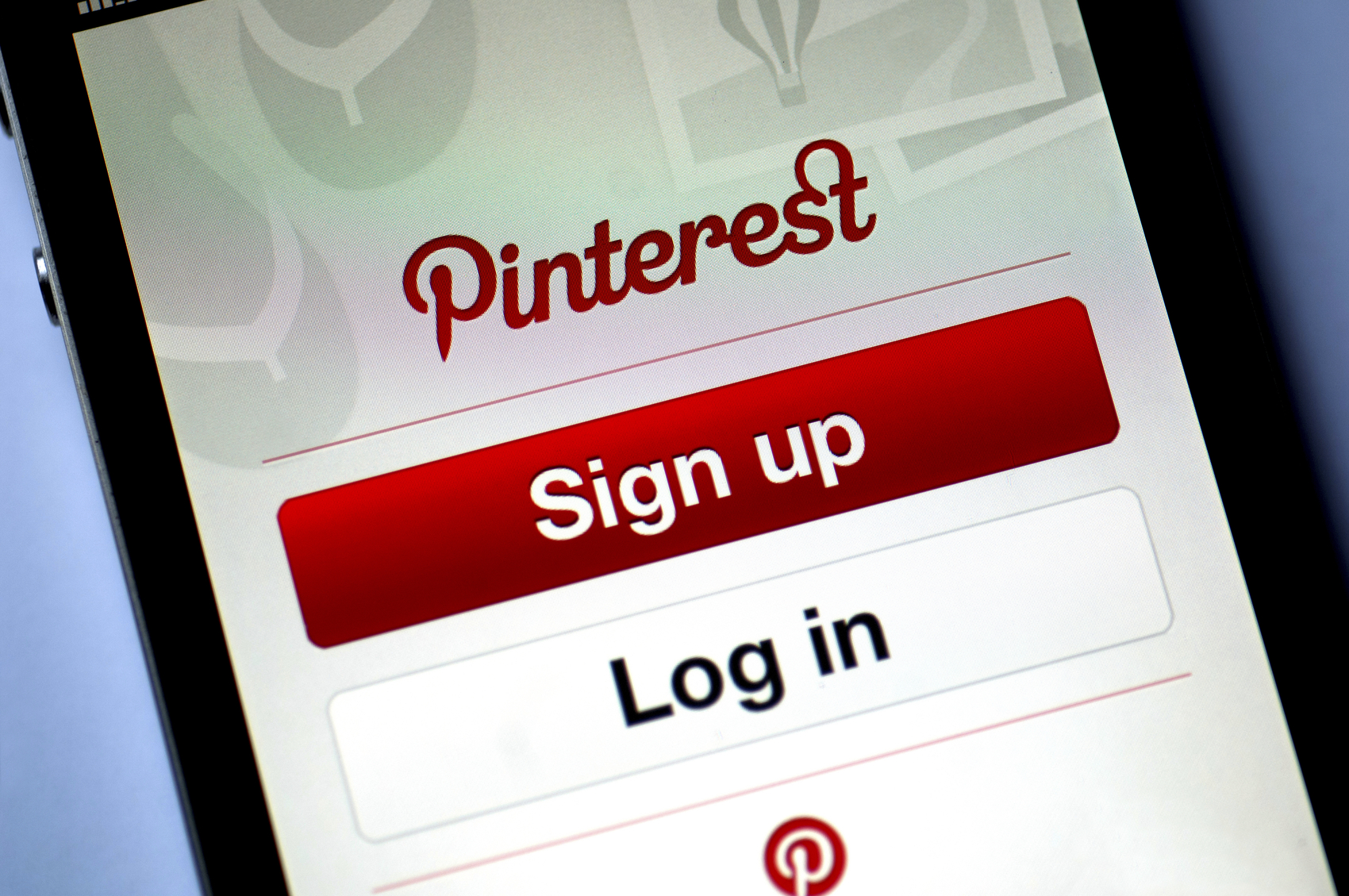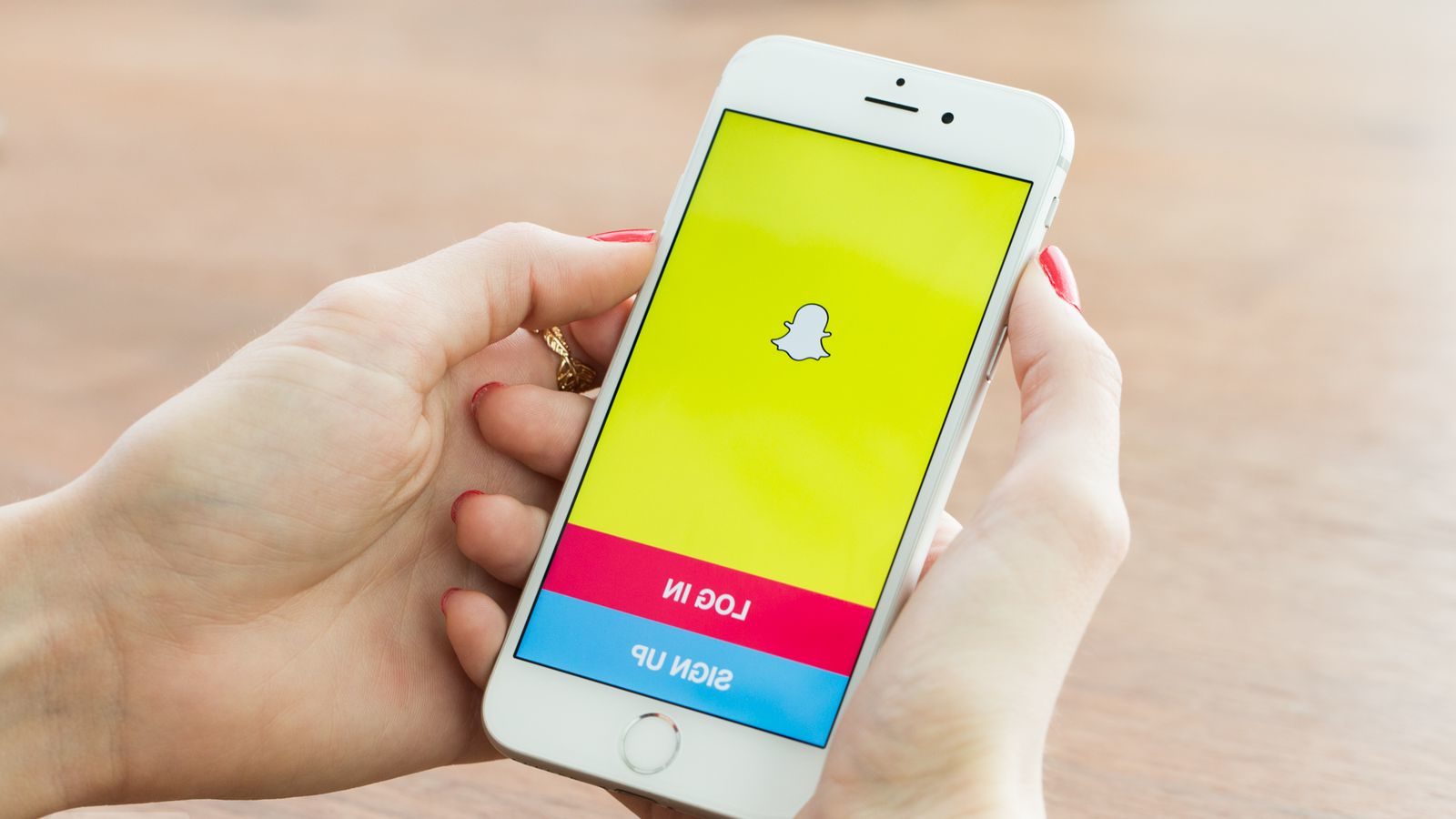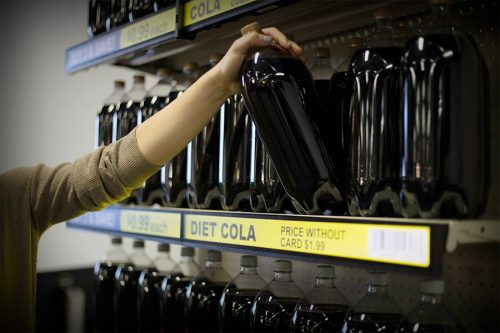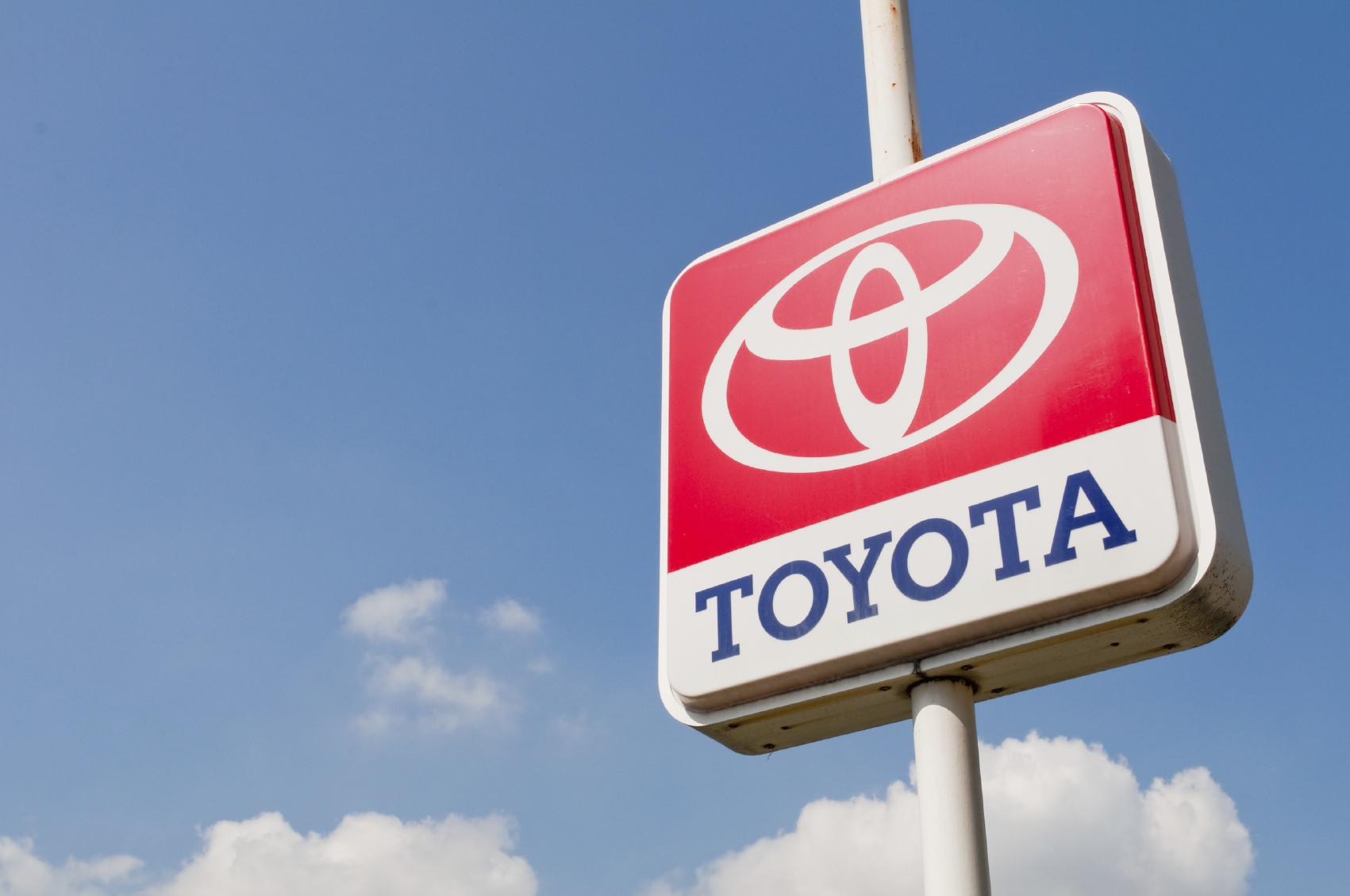What Happened
Snapchat has reportedly started pitching brands on Sequential Messaging, its newest video ad product that allows brands to show a number of 10-second video ads in succession within a Discover channel. The company says that sequenced messaging is open to all advertisers, but it is only sold directly through Snapchat at premium prices and not available through its API. Sony Pictures and Universal Pictures have both bought sequenced messaging to promote their respective new releases.
What Brands Need To Do
Sequential messaging is nothing new to TV advertisers. With each new video ad product, Snapchat is looking more and more like a TV disrupter as it funnels the global user attention into a dozen or so publisher content channels and countless user-generated Stories. As Snapchat’s ad business start to catch up to its rapid growth, the company is getting ready to compete for more ad dollars with not just from leading sellers of digital ads like Facebook and Google, but from TV advertisers as well. Therefore, it is time for brands to reconsider their media mix and consider adjust the ad budget to include emerging global channels like Snapchat so as to reach customers at scale.
Source: AdWeek
